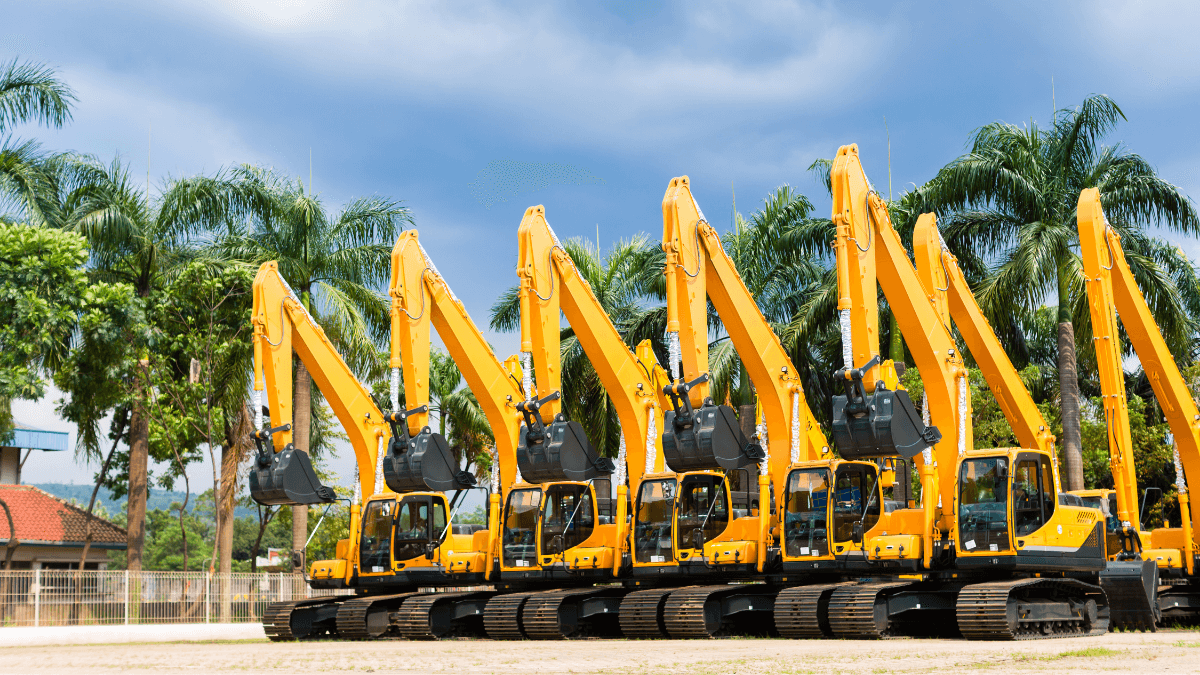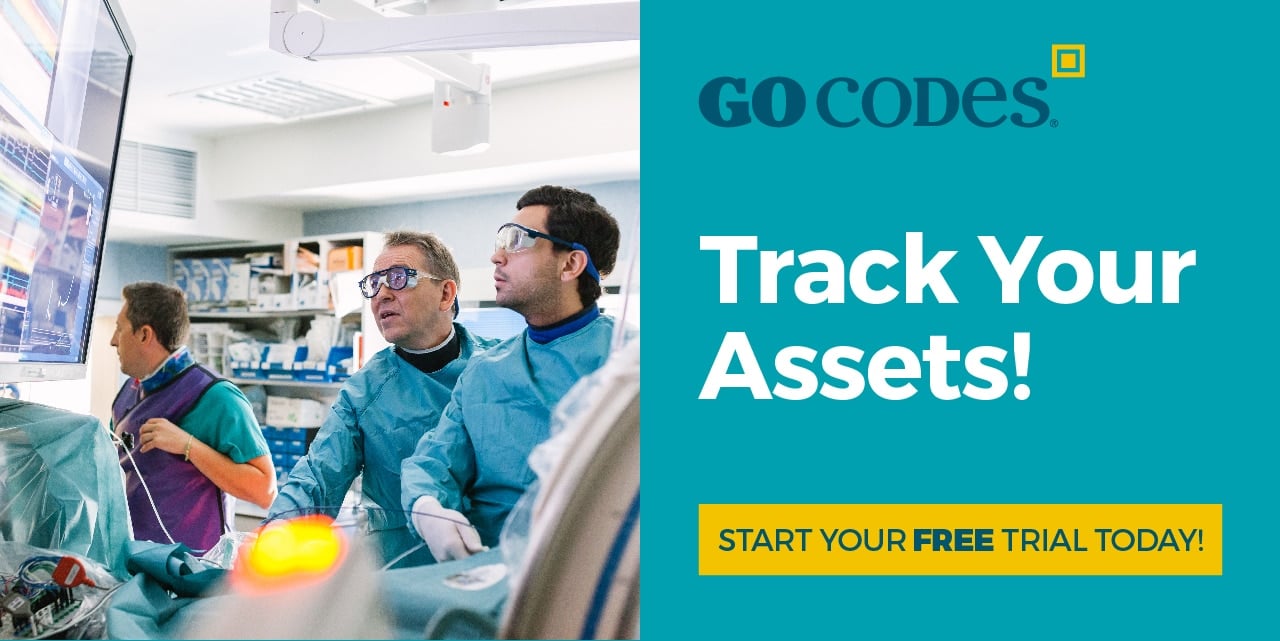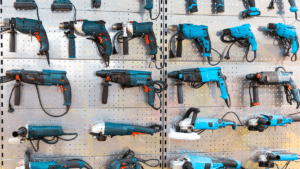Rental inventory management isn’t exactly a piece of cake, but it’s still a necessity for any rental company that deals with equipment.
You have to know how many assets you can rely on before even making offers to customers.
This article will help you understand the crucial stages of rental inventory management and offer you tips on how to bring your rental equipment management to the next level.
In this article...
The Importance of Rental Inventory Management
The most important aspect of owning rental equipment is its proper management.
Without it, you won’t know how many assets you have, how many you can use safely, and whether some equipment even pays off.
This means you could be spending money just by owning certain assets. You also run the risk of overseeing specific equipment without using it, therefore wasting the money you’ve spent on it.
You need to manage your rental equipment to understand how many functional assets you have and their usage frequency.
This information helps you figure out whether you need to sell some assets because you’re not making a profit off them or whether you need to invest in more pieces of the same equipment if it’s constantly in high demand.
On top of that, the management of your rental inventory affects customer satisfaction.
You can claim you have the ten assets the customer needs, but if there are really only eight of them available, they won’t be happy as they will have to find a solution for the other two.
They will likely give up and go to another company that can reliably meet their needs.
Manage your rental inventory properly to provide a more dependable service.
The Stages of Rental Inventory Management
Managing rental inventory entails several basic phases, each with its specific requirements. Let’s go over them in more detail.
Initial Investment
Your rental inventory management starts with the initial investment.
The amount of money you invest in purchasing the equipment you will rent is your initial investment.
Before investing in equipment, you need to determine what assets you want to rent and how many you need.
Don’t start an inventory company aiming to cover many different industries. Instead, focus on one and get all the essential equipment.
In time, you can expand your inventory and get the non-essential assets to attract customers and have the upper hand over your competitors.
Of course, you can also expand into different industries over time, but sticking to one, especially in the beginning, helps you get your name out and become a reliable resource for that specific industry.
If you focus on too many industries at once straight away, you may find you don’t have all the necessary tools and assets, which will reflect negatively on your reputation.
Start your rental inventory management by purchasing necessary industry-related assets.
Inventory Setup
Once you purchase inventory, it’s time to set it up.
Whenever you invest in new assets, you have to set them up in a way that helps you stay organized and in charge of all your equipment.
The best option would be to assign a code or identification number to an asset as soon as you send in the paperwork to purchase it.
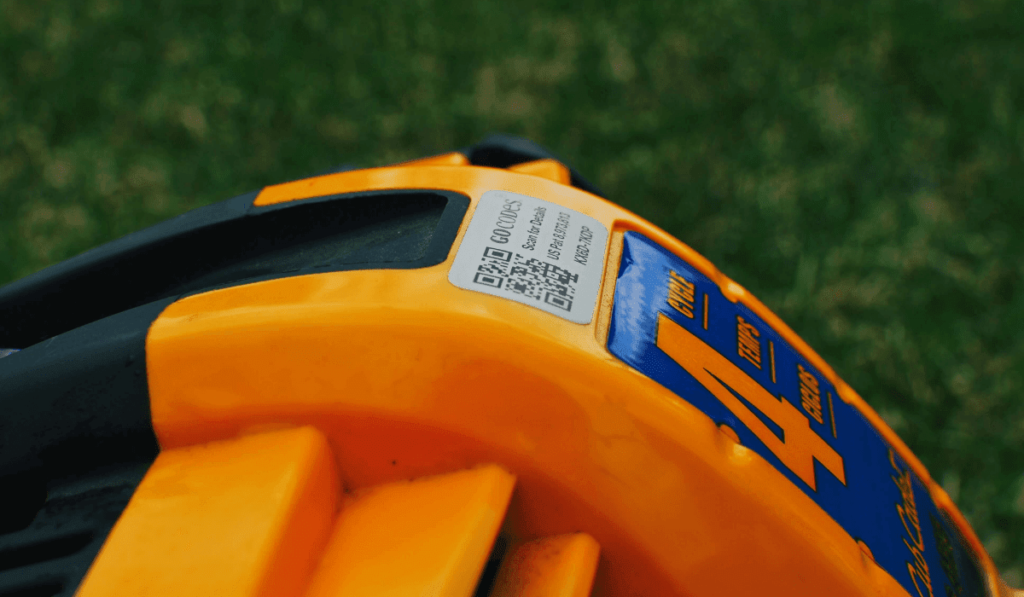
That way, when the item arrives, you know what it is, where you need to store it, and how to differentiate between it and other similar assets.
Then you need to enter all the relevant asset data in your system, including the purchase date, price, and details about warranties and insurance.
When listing the equipment in your database, don’t forget to select a depreciation method and choose the correct devaluation schedule.
Set up your inventory by assigning each item a code or a number and entering all related data into the system.
Customer Preparation
After the inventory details are in your system, it’s time to prepare the assets for customer use.
As a company, you need to ensure that your asset is safe to use and has a fixed price, as both these aspects affect the end customer.
While you can’t entirely control the conditions in the field, you can provide equipment manuals to help customers understand how to use the assets safely.
On top of that, you can even offer training or explain safety measures when renting the assets.
When it comes to pricing, you need to set up an adequate pricing system—decide between fixed prices or offering discounts for longer or higher quantity rentals.
When you define your price list, share it with the customer for optimal transparency.
It’s a lot fairer to list all equipment-associated fees in your pricing list instead of using them as hidden fees and making your customers spend more than they initially planned.
Offer safety instructions and pick a pricing system to prepare your inventory for customers.
Ongoing Maintenance
The next step in your rental inventory management is ensuring equipment safety.
Safety is a crucial ingredient in equipment rental. The client is using your assets and relying on them to be safe.
Keep in mind that it’s not the client’s duty to even check if the equipment is safe to use—it’s yours.
If you don’t invest in asset upkeep in case of an accident or malfunction, you’re liable for the damages.
Therefore, invest in regular maintenance to guarantee equipment safety.
You should also inspect the asset before and after every use. This action will take time, but by doing it, you’re ensuring that the equipment is functioning correctly and that nobody will get hurt using it.
Set up a schedule for each type of equipment and, if possible, use software that notifies you of maintenance dates. That way, you won’t skip a date and risk the safety of asset operators.
Continuous maintenance ensures equipment safety.
Disposal Management
The final stage of the rental inventory management process is the disposal stage.
Coincidentally, it’s the final stage of the asset’s useful life as well.
No matter how durable or functional the equipment is, it will reach the end of its useful life sooner or later, which means that you will no longer be able to use it for the intended purpose and get the same results.
Therefore, it will be easier and cheaper to invest in a new asset and dispose of the old one.
Determining when to dispose of an asset can be challenging if you don’t set up clear guidelines.
You can monitor the frequency of scheduled and unscheduled maintenance, the asset speed and performance, and the cost of replacement parts.

When you first purchase an asset, the upkeep won’t be frequent, while the equipment will perform quickly and efficiently.
Over time, the frequency of repairs will go up while the effectiveness will go down.
Decide when and how to dispose of assets to finish the equipment inventory management process.
How to Successfully Manage Your Inventory
Here is what you can do to ensure that you’re managing your inventory in the most efficient way possible.
Insure Your Assets
Get insurance for your equipment to remove liability and save money.
When handing over the assets to the clients, you can explain how to safely use assets, provide them with user manuals, and demand that only licensed professionals use the equipment.
However, you still can’t prevent them from causing damage to themselves, others, or property using your equipment, which is always a risk you’re taking when renting assets.
Because of this, you need to get insurance for all your equipment.
That way, you will be compensated for asset loss or damage no matter what happens. In case someone is injured while using your assets, you won’t be liable for the injury.
If the client loses or damages your assets, you can get the investment back from the insurance company, allowing you to purchase new equipment.
Insure your equipment to avoid additional costs and liability in case of injury.
Invest in Regular Upkeep
Maintenance is a necessity for quality rental inventory management.
As already mentioned, maintenance is the key to equipment safety.
However, regular upkeep also helps you be more cost-effective. If you keep track of maintenance by saving the logs, you can use the data to determine how well the asset pays off.
If equipment constantly needs tweaking and fixing, you will give up on repurchasing the asset as it costs more to fix it frequently and simultaneously cause downtime than to buy a different item that won’t need as much work.
When renting equipment, inspect it before and after use, even if you regularly schedule maintenance.
You never know what kind of damage might happen in the field, which is why you need to check the asset upon its return, and before you give it to the next customer.
If you want to manage your rental equipment successfully, invest in maintenance.
Implement Clear and Concise Terms and Conditions (T&C)
Ensure complete transparency in your equipment management by having clear T&C.
Having detailed instructions and explanations of what you provide and expect from the customer helps you in the long run, even if only 1% of customers read them, as per a recent survey.
Not only can you use it as a legal basis in case the client doesn’t follow the T&C, but it also helps everyone understand what is expected of them.
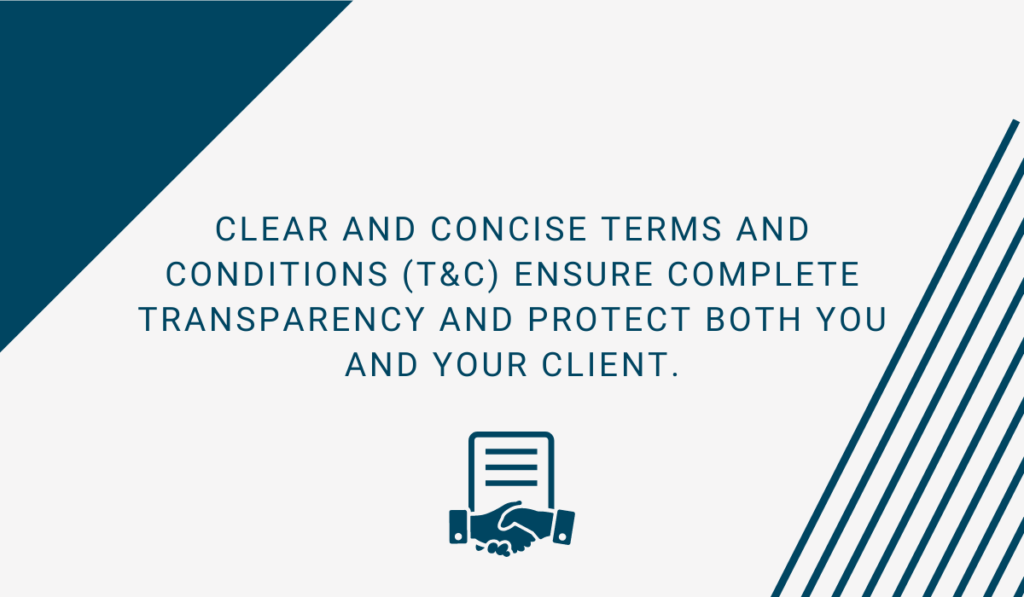
Your terms and conditions should explain who is entering the agreement and how they will pay you.
If you demand a deposit, determine the circumstances under which you can keep the deposited amount to deter the client from damaging or stealing the equipment.
On top of that, explain when and how you’ll deliver the equipment and when and how you need it back.
Describe the consequences of loss or damage to your assets and explain what will happen in case of a cancellation and a return before the agreed-on time.
Detailed terms and conditions help you protect your company and manage your equipment.
Use the Right Software
Using the right software can help you optimize and speed up your equipment management.
Since your equipment is the main point of your rental business, you have to pay special attention to it and ensure that you keep inventory and understand the equipment’s state in real-time.
Both of these are possible if you opt for software that helps you create a database for your assets, tag them, and give access to your employees.
Such software will ensure that your team can update the database with real-time data. If they rent a piece of equipment, they can mark it in the system, allowing everyone else to see the updated state.
You can avoid double bookings and equipment shortages that way.
Opt for mobile-friendly software to allow each employee access to the database even from their smartphones, guaranteeing that any of them can update the asset’s status in an instant.
Be faster and more efficient at rental inventory management by using specialized software.
Keep an Eye on Underlying Issues
A crucial part of rental asset management is keeping an eye on underlying issues.
If you use the right software for your rental equipment needs, you will have the option of reporting any problems and other incidents that may occur.
The reports that your software creates can be helpful in more ways than one, including discovering underlying problems with your inventory.
It can help you determine the duration of each maintenance session, its frequency, and overall costs.
If you take the time to inspect the reports on these aspects, you will notice if there are specific assets that are causing more problems, cost more to maintain, and break down more often.
Your software can also help you understand how often specific equipment is rented and how often it stands unused.
If you notice that you spend more money on owning the asset than you earn by renting it, it’s time to dispose of the item and invest in new pieces of the kind of equipment that is in high demand.
When you find the sources of monetary losses and time wasters, you can eliminate the issues for better performance and easier equipment management.
Determine the underlying issues to manage your rental inventory successfully.
Conclusion
If you own a rental business, it’s in your best interest to find a way to manage your inventory effectively.
The start of rental equipment management is the initial purchase of assets based on the industry’s needs.
Then, you have to set up the inventory in your database and prepare it for customers in terms of ensuring safety and determining the pricing.
Invest in scheduled maintenance to prolong the equipment’s lifetime and postpone the final stage, the disposal.
For optimal management, inspect your assets regularly, insure them, and use the right software to keep track of your inventory.
